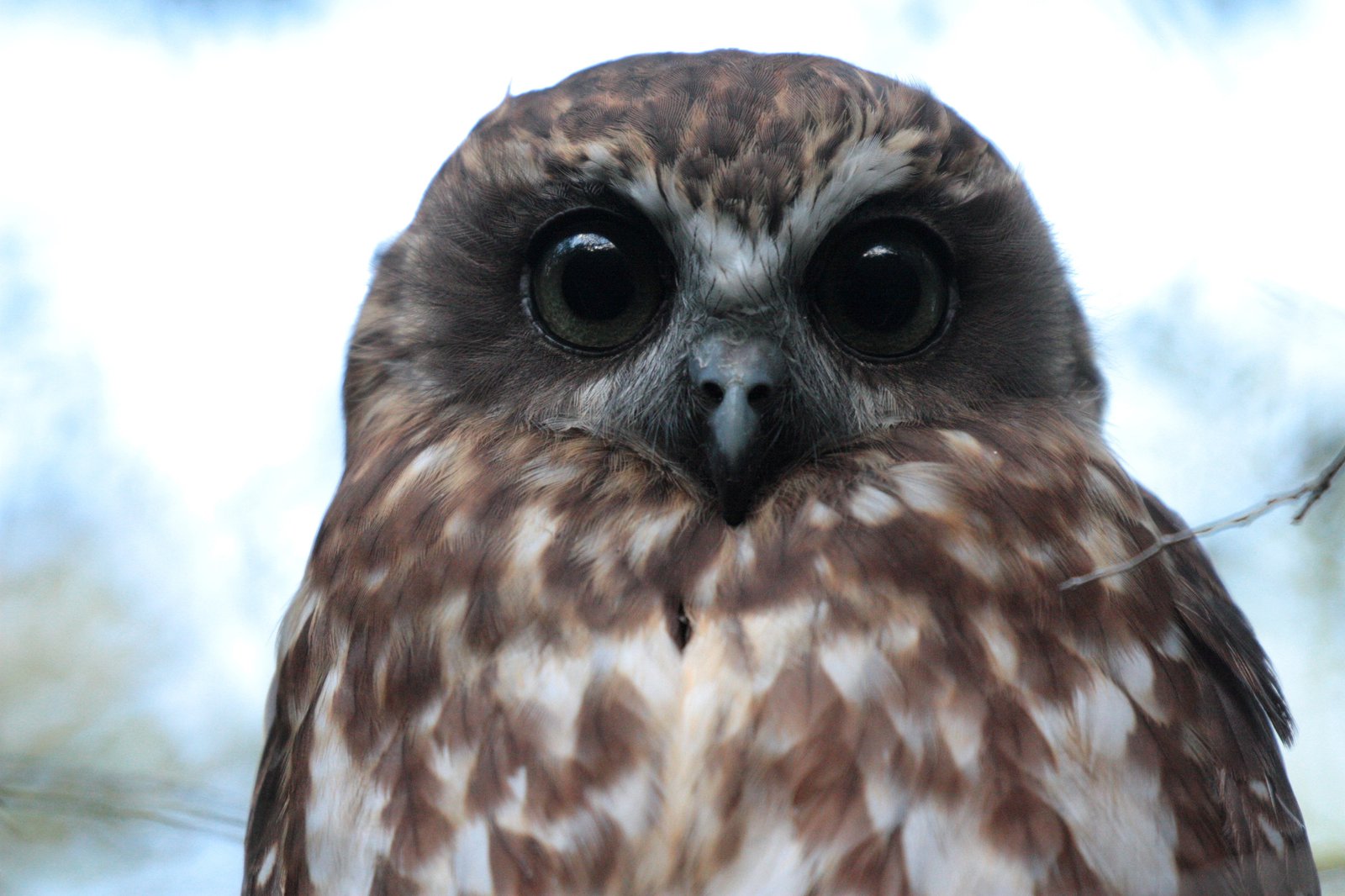And how many times must a birder look up, before he can see all the birds – with apologies to Bob Dylan
Citizen science data is valuable for assessing avian biodiversity metrics within urban greenspaces.

© Australian Museum
Birdwatchers are dedicated to their hobby (for example, see this case study)! Many birders keep lists, sometimes competitively. This behavior translates to a lot of data being collected, thanks to eBird – a large-scale citizen science project launched by the Cornell Lab of Ornithology. Generally, this data is biased towards human population centres, but this is a potential advantage if the questions of interest are in an urban ecological setting. We investigated the role of citizen science data from eBird in assessing avian biodiversity metrics (i.e., species richness and species diversity) within urban greenspaces.
We first investigated the ability of eBird to calculate comparable biodiversity metrics to structured surveys within a single urban greenspace – Centennial Park – NSW, Australia. We compared eBird data with data collected by birdwatchers from Birding NSW who consistently collected data at 15 points throughout the park. Ultimately, we found that between 2012 – 2016, eBird had a total of 116 bird species while the structured surveys had a total of 80 bird species. Even among years, eBird consistently had a higher total number of species recorded. This is likely due to the the sheer number of observers, time spent surveying, and spatial coverage of eBirders in comparison with birdwatchers conducting the structured surveys. Citizen science birders frequently found species like the Southern Boobook and Powerful Owl, both of which weren’t detected during the structured surveys.

• Species like the Southern Boobook are recorded more frequently by eBirders than through the structured surveys, probably as a result of local knowledge of roosting individuals
Image: Corey Callaghan© Corey Callaghan
We were also interested in how many eBird checklists would be necessary to provide a reliable total estimate of species within an urban greenspace. In order to do this, we investigated (1) all the species ever recorded at a site and (2) only those species which had been recorded on > 95% of checklists from a given site. This was done because many ecological questions aren’t necessarily interested in the full suite of species, but the most common – or ‘core’ species – at a site. We found that for species richness, at a 90% threshold level, an average of 210 checklists were necessary for all the species to be sampled, but only an average of about 17 checklists were necessary if we removed the species found on > 5% of checklists. This demonstrates the relatively low number of eBird samples to feel fairly confident about the species richness in a greenspace.

• eBird (the solid line) consistently reported higher species richness and species diversity than structured surveys (the dashed line) at Centennial Park
Image: Corey Callaghan© Corey Callaghan
Taken together, these results demonstrate that eBird provides a tool by which local residents can quickly and easily find out the species that are in their urban greenspaces. If leveraged correctly, this could translate into more people caring about their local urban greenspaces and the species that live there. Popular interest could be further increased if citizen scientist birders went out of their way to show amateurs and members of the general public those charismatic species, such as owls and frogmouths. These results could also provide the residents with tangible data to show their local council the ecological importance of their local greenspace. And, with the continuous growth of eBird data being submitted, we may be able to test broad-scale hypotheses in the urban ecological literature, using broad-scale empirical data from eBird.
Corey T. Callaghan,PhD Candidate, Centre for Ecosystem Science, UNSW Sydney
Dr. Richard E. Major, Principal Research Scientist, AMRI, Australian Museum
More information:
- Callaghan, C. T., M. B. Lyons, J. M. Martin, R. E. Major, and R. T. Kingsford. 2017. Assessing the reliability of avian biodiversity measures of urban greenspaces using eBird citizen science data. Avian Conservation and Ecology 12(2):12.
- Callaghan, C. T., J. M. Martin, R. E. Major, and R. T. Kingsford. 2018. Avian monitoring – comparing structured and unstructured citizen science. Wildlife Research. https://doi.org/10.1071/WR17141

